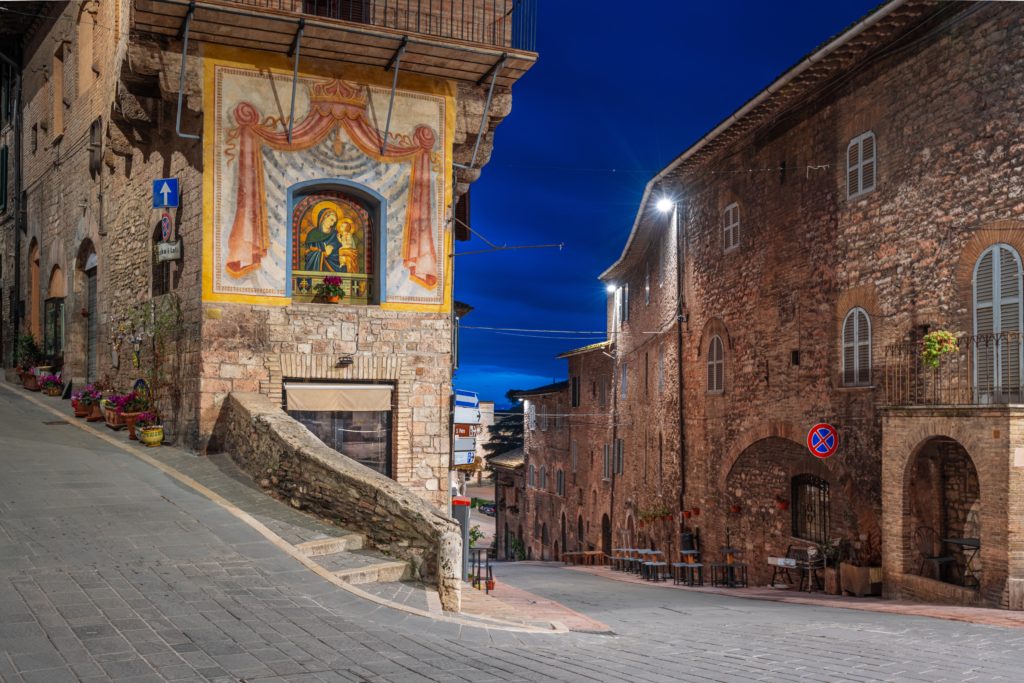- Feb 5, 2002
- 166,654
- 56,276
- Country
- United States
- Faith
- Catholic
- Marital Status
- Married
- Politics
- US-Others
The Nativity, as the word indicates, is about a birth. As such, it has a universal significance. Or does it? Can a person come into the world without being born? Well, it happened in fiction. In Shakespeare’s “Macbeth,” the protagonist of the play is informed from on high that no harm will come to him from anyone born of a woman. This protective “charm,” however, is shattered when he is told that his nemesis, “Macduff was from his mother’s womb untimely ripped.” Macbeth is undone by the survivor of a Caesarian section.
We move now to the world on non-fiction. Was there a saint who was never born? The short answer is “Yes.” St. Raymond Nonnatus was taken from the womb of his mother shortly after her death, hence his name. “Nonnatus” means “not born.” He came into the world in the year 1204 in Catalonia Spain.
Raymond spent his childhood, contrary to the plans his father had for him, tending sheep and praying at an old chapel dedicated to St. Nicholas. He was drawn to the religious life and entered the Mercedarian order at Barcelona. This most unusual order was founded to ransom Christians, often with their own members, who had been enslaved by the Moors in North Africa. Nonnatus was ordained a priest in 1222 and later became Master General of the Order.
He was very effective in fulfilling the goals of his Order, ransoming 140 Christians from slavery in Valencia and 250 captives in Algiers. Finally, when he ran out of money, he surrendered himself to free 28 Christians in keeping with the Order’s fourth vow.
While held captive, according to legend, a hole was bored through his lips with a hot iron to accommodate a padlock to prevent him from preaching. He had converted several of the Mohammedans. Because of his sealed lips he is the patron saint of the seal of the confessional. Raymond was eventually ransomed by his order and returned to Spain in 1239. Many miracles were attributed to him during his life and after his death. He died in the year 1240 and was canonized by Pope Alexander VII in 1657.
Continued below.

 catholicexchange.com
catholicexchange.com
We move now to the world on non-fiction. Was there a saint who was never born? The short answer is “Yes.” St. Raymond Nonnatus was taken from the womb of his mother shortly after her death, hence his name. “Nonnatus” means “not born.” He came into the world in the year 1204 in Catalonia Spain.
Raymond spent his childhood, contrary to the plans his father had for him, tending sheep and praying at an old chapel dedicated to St. Nicholas. He was drawn to the religious life and entered the Mercedarian order at Barcelona. This most unusual order was founded to ransom Christians, often with their own members, who had been enslaved by the Moors in North Africa. Nonnatus was ordained a priest in 1222 and later became Master General of the Order.
He was very effective in fulfilling the goals of his Order, ransoming 140 Christians from slavery in Valencia and 250 captives in Algiers. Finally, when he ran out of money, he surrendered himself to free 28 Christians in keeping with the Order’s fourth vow.
While held captive, according to legend, a hole was bored through his lips with a hot iron to accommodate a padlock to prevent him from preaching. He had converted several of the Mohammedans. Because of his sealed lips he is the patron saint of the seal of the confessional. Raymond was eventually ransomed by his order and returned to Spain in 1239. Many miracles were attributed to him during his life and after his death. He died in the year 1240 and was canonized by Pope Alexander VII in 1657.
Continued below.

The Saint Who Was Never Born
The Nativity, as the word indicates, is about a birth. As such, it has a universal significance. Or does it? Can a person come into the world without being born? Well, it happened in fiction. In Shakespeare’s “Macbeth,” the protagonist of the play is informed from on high that no harm will...
